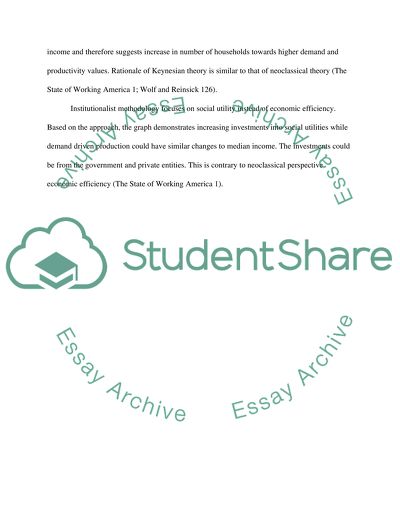METHODOLOGY POLICY Essay Example | Topics and Well Written Essays - 250 words. Retrieved from https://studentshare.org/macro-microeconomics/1625141-methodology-policy
METHODOLOGY POLICY Essay Example | Topics and Well Written Essays - 250 Words. https://studentshare.org/macro-microeconomics/1625141-methodology-policy.


